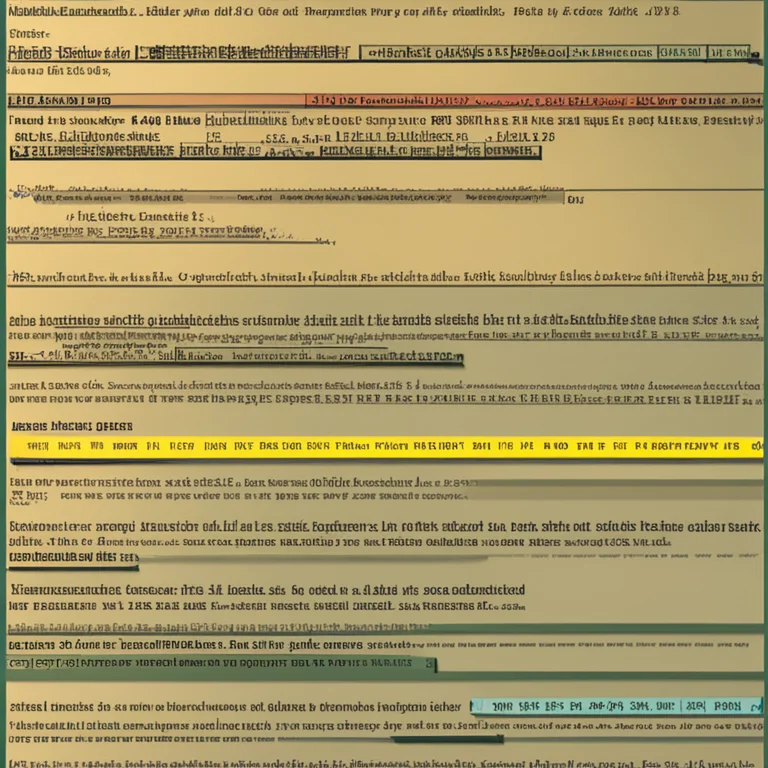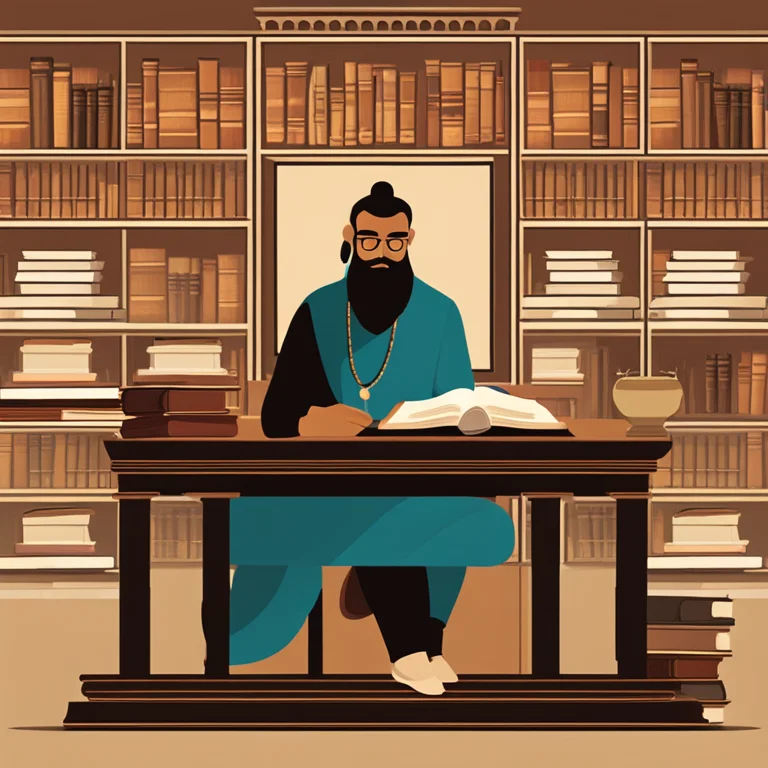
The Dawn of Palmistry: A Historical Perspective
Tracing the origins of palmistry, this article delves into the ancient practice's history, highlighting significant milestones and cultural influences.
article by Nora Pennington
Earliest Evidence of Palmistry
The practice of palmistry, also known as chiromancy, boasts an ancient heritage, with its roots reaching deep into history. It is believed that palmistry began in ancient India, and from there, it spread to China, Tibet, Egypt, Persia, and other regions. The earliest texts that referenced palmistry as a form of divination can be traced back to the Vedic scriptures, indicating an origin that could be over 5,000 years old. These texts outlined the philosophical and spiritual ideologies that laid the groundwork for many modern interpretations of palmistry.

Alexander the Great and Palmistry's Expansion
The widespread practice of palmistry owes much to the curiosity of noted historical figures. Alexander the Great (356-323 BCE) is said to have had a deep interest in examining the lines of his soldiers' palms, fostering its spread throughout his vast empire. The practice became integrated into the local cultural and spiritual customs, ensuring its continuity. Alexander's fascination exemplifies the cross-cultural appeal of palmistry, and how it captivated the minds of leaders and laypeople alike.

Medieval Palmistry and Beyond
During the Middle Ages, palmistry experienced both reverence and reproach. The Church often condemned it as pagan superstition, yet it was practiced discreetly among all social classes. By the Renaissance, palmistry re-emerged, benefiting from the period's enlightened view of science and magic. Figures such as Paracelsus (1493–1541) and Johannes Hartlieb (1410–1468) contributed to its literature, furthering its integration into Western esoteric traditions.

Modern Foundations of Palmistry
In the 19th century, palmistry underwent a transformation into a more systematic and empirical discipline. Figures like Captain Casimir Stanislas D'Arpentigny and William G. Benham laid the foundation for modern palmistry, authoring key works that approached palm reading with a new rigor and detail. Their contributions helped transition palmistry from mystical art to a more structured practice, with standardized interpretations of palm lines and hand shapes.

Palmistry in Contemporary Culture
Palmistry continues to captivate the modern world's imagination. Today's palmists blend traditional knowledge with contemporary psychological insights. The digital age has also pared palmistry with algorithm-based readings, allowing for online and app-based palm analysis. Current trends indicate a resurgence of interest in palmistry as part of the broader movement towards mindfulness and self-discovery. As we venture deeper into the 21st century, palmistry adapts, proving its enduring relevance.
Future of Palmistry
Looking forward, palmistry's journey through time suggests that it will continue to evolve, integrating cutting-edge technology and new psychological findings. The field is likely to see increased collaboration with neuroscience to explore the connection between hand patterns and brain activity. While the core of palmistry remains unchanged, its applications might expand, especially in areas such as personal development and therapy, tailor-made for the needs of tomorrow's seekers.
Published: 1/11/2024
Modified: 1/11/2024
More predictions
Come back here soon to learn more about yourself and your future


Jupiter Mount & Palmistry:Exploring The Significance
Delve into the secrets of the Jupiter mount on your palm and discover how it reflects your leadership and ambition.


The Impact of the Jupiter Mount in Palmistry
Discover the impact of the Jupiter Mount on your life through palm reading. Learn about its meaning and significance in palmistry.